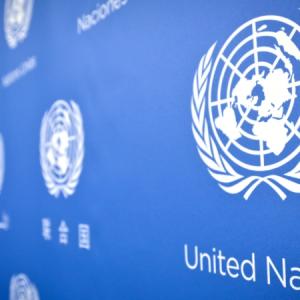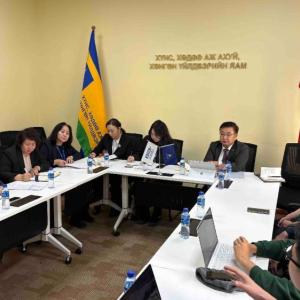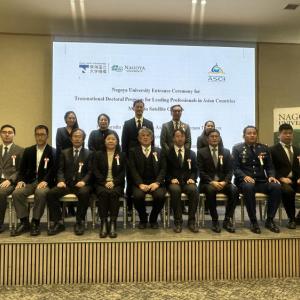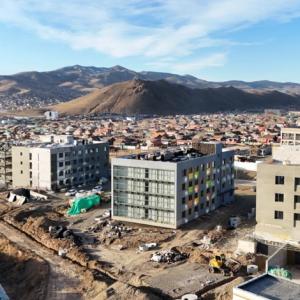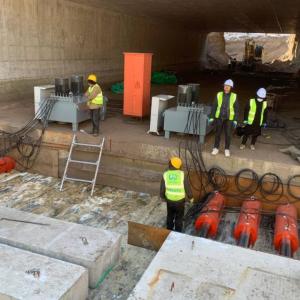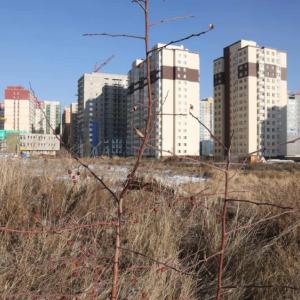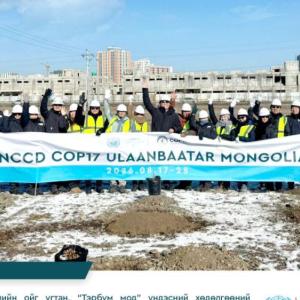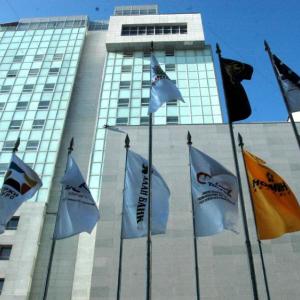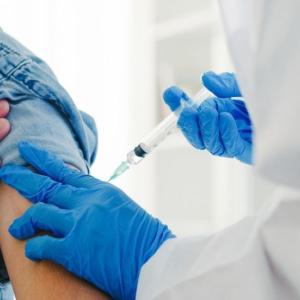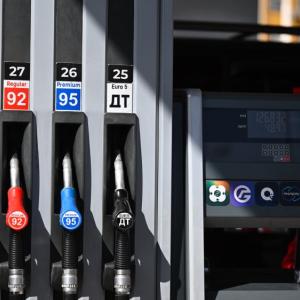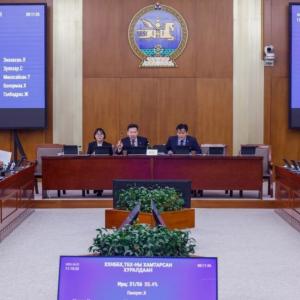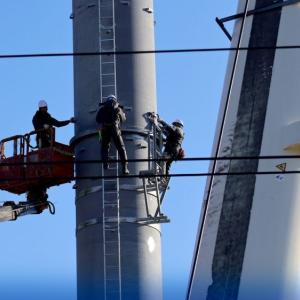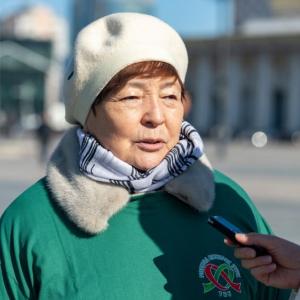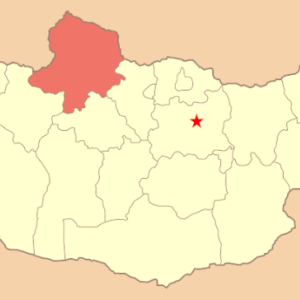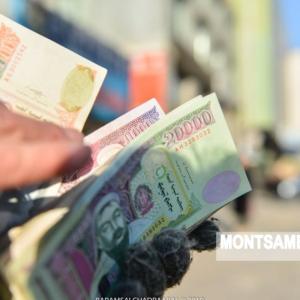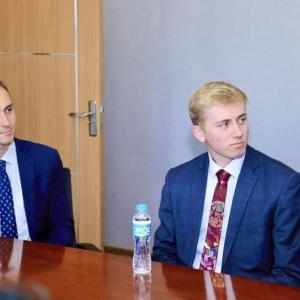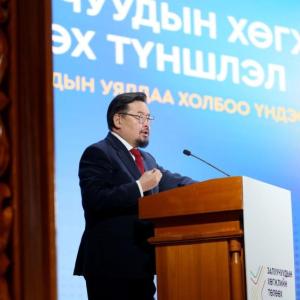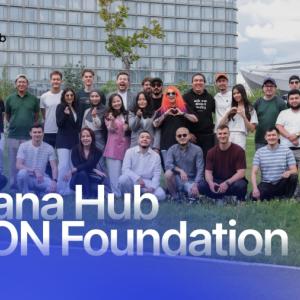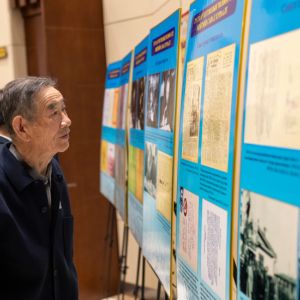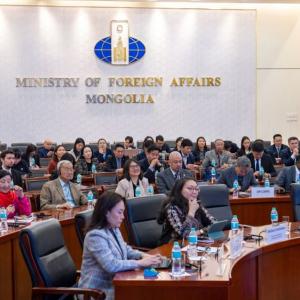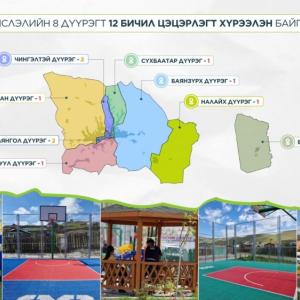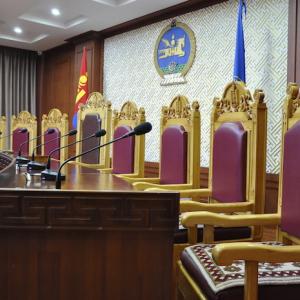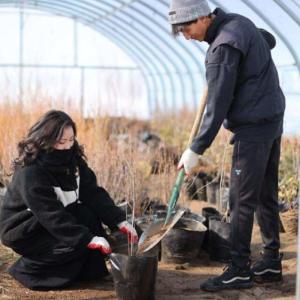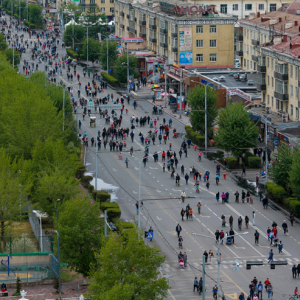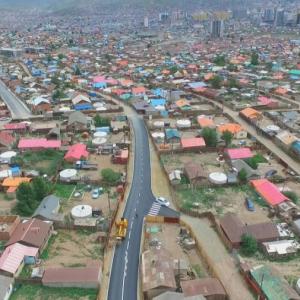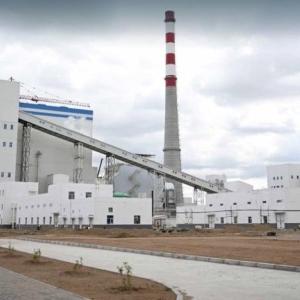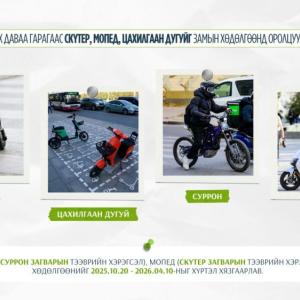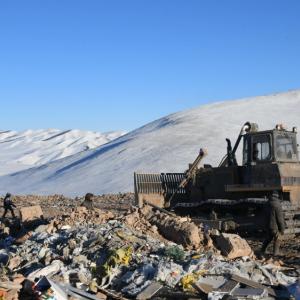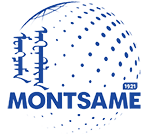Latest COVID-19 Household Response Phone Survey results released
Society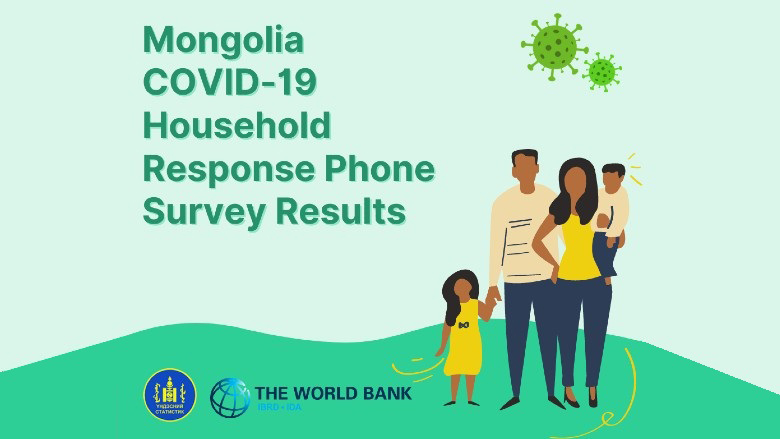
Ulaanbaatar /MONTSAME/. Mongolia has taken early and decisive measures to prevent the inflow and outbreak of COVID-19. Despite the limited cases confirmed in Mongolia compared to other countries in the region, the household-level shocks caused by COVID-19 can be long-lasting and disproportionally hit the poor and vulnerable the hardest, creating an urgent need for timely data collection to help monitoring and mitigating the socio-economic impacts of the shock.
To monitor the household-level impacts of COVID-19, the National Statistics Office of Mongolia (NSO) and the World Bank have implemented a joint COVID-19 Household Response Phone Survey (HRPS).
The HRPS drew a subsample of 2,000 households from the nationally representative 2018 Household Socio-Economic Survey (HSES) and has monitored and collected information from the same households across multiple rounds.
The latest or 3rd round of the survey was implemented from December 3 to 15, 2020, when respondents’ mobility was most restricted under lockdown. Round 1 survey was implemented from May 22 to 29, 2020, and Round 2 survey from August 31 to September 7, 2020.
The survey shows that the lockdown, began on November 12, 2020, and was eased on December 14, had a substantial impact on working status. Among workers who worked pre-pandemic, nearly 40 percent stopped working by December 2020. Yet, amongst those who stopped working, 61 percent reported they have a job to return to once the lockdown is lifted, signaling temporary labor disruptions under the lockdown. The proportion of those who stopped working is highest in the industry sector, followed by services and agriculture sectors.
Prolonged pandemic and lockdown accentuated an already deteriorating business environment, found the survey. 85 percent of households engaged in non-farm business were not able to operate fully under the November-December lockdown.
And among self-employed households with income losses, 27 percent reported experiencing no earnings, while deteriorations in business are expected to continue, with 2 in 3 households with businesses expecting their sales to decrease in the next 3 months.
Another key finding of the survey is that livelihoods for agriculture households have also been deteriorating. Amongst households that faced agriculture income losses, nearly 60 percent reported an income loss of 40% or greater compared to the same period last year, while 44 percent experienced such a significant income loss in Round 2. While nearly 30 percent of wage workers were not able to work as usual under the lockdown, half of those are entitled to receive full or partial payment.
The survey shows that along with employment and income loss, increasing prices in the main food items further worsen food security for the poor. 61 percent of poor households reported they were exposed to price shocks of major food items during the lockdown in November and December while 48 percent of the non-poor did.
Food security concerns among the poor are rising. Shares of poor households who were uncertain about their ability to obtain enough, healthy and sufficient kinds of food increased from 39 percent in Round 2 to 47 percent in Round 3, as shown in the survey results.
Awareness of preventive measures is quite high and 4 out of 5 respondents are willing to take an approved COVID-19 vaccine for free. Almost the entire population recognized and adopted preventive and social distancing measures such as handwashing (94 percent), wearing a mask (93 percent), avoiding handshakes (97 percent) and gatherings (96 percent).
Once an approved COVID-19 vaccine is available, 80 percent of respondents are willing to get vaccinated for free, while 61 percent would take vaccines even if it is not free. Vaccine hesitancy seems higher in urban than in rural areas, survey results show.
The survey also found that 1 out of 3 who needed medical treatment did not receive services in Round 3, mainly due to people’s concerns of contracting the virus and mobility restrictions, compared to most households (92%) receiving medical treatment in Round 1. While schools closed on November 12, no serious disruptions in access to (remote) education and financial services were observed during the 2nd lockdown, the survey suggests.
To see more of the COVID-19 Household Response Phone Survey results, visit here.
 Ulaanbaatar
Ulaanbaatar







